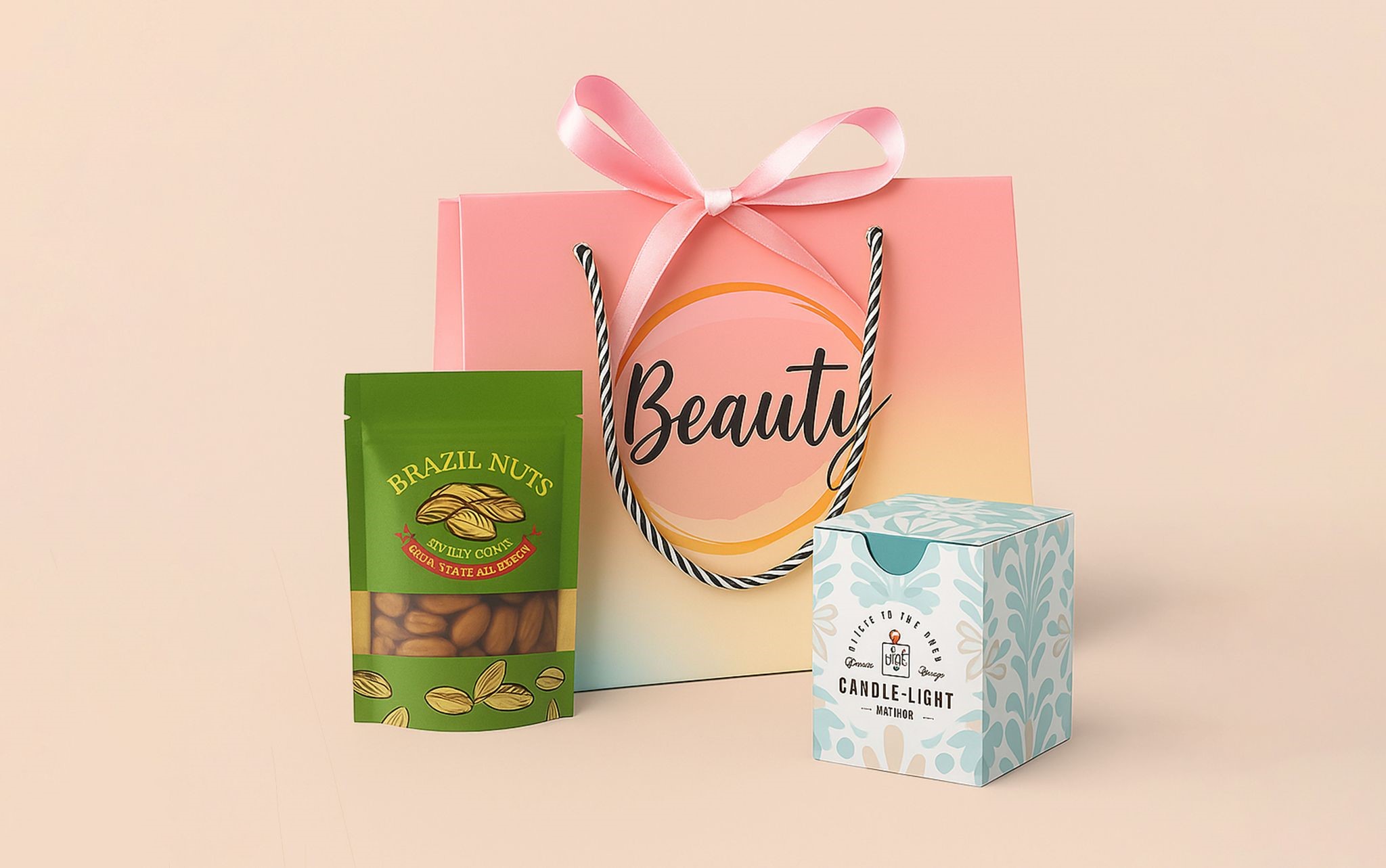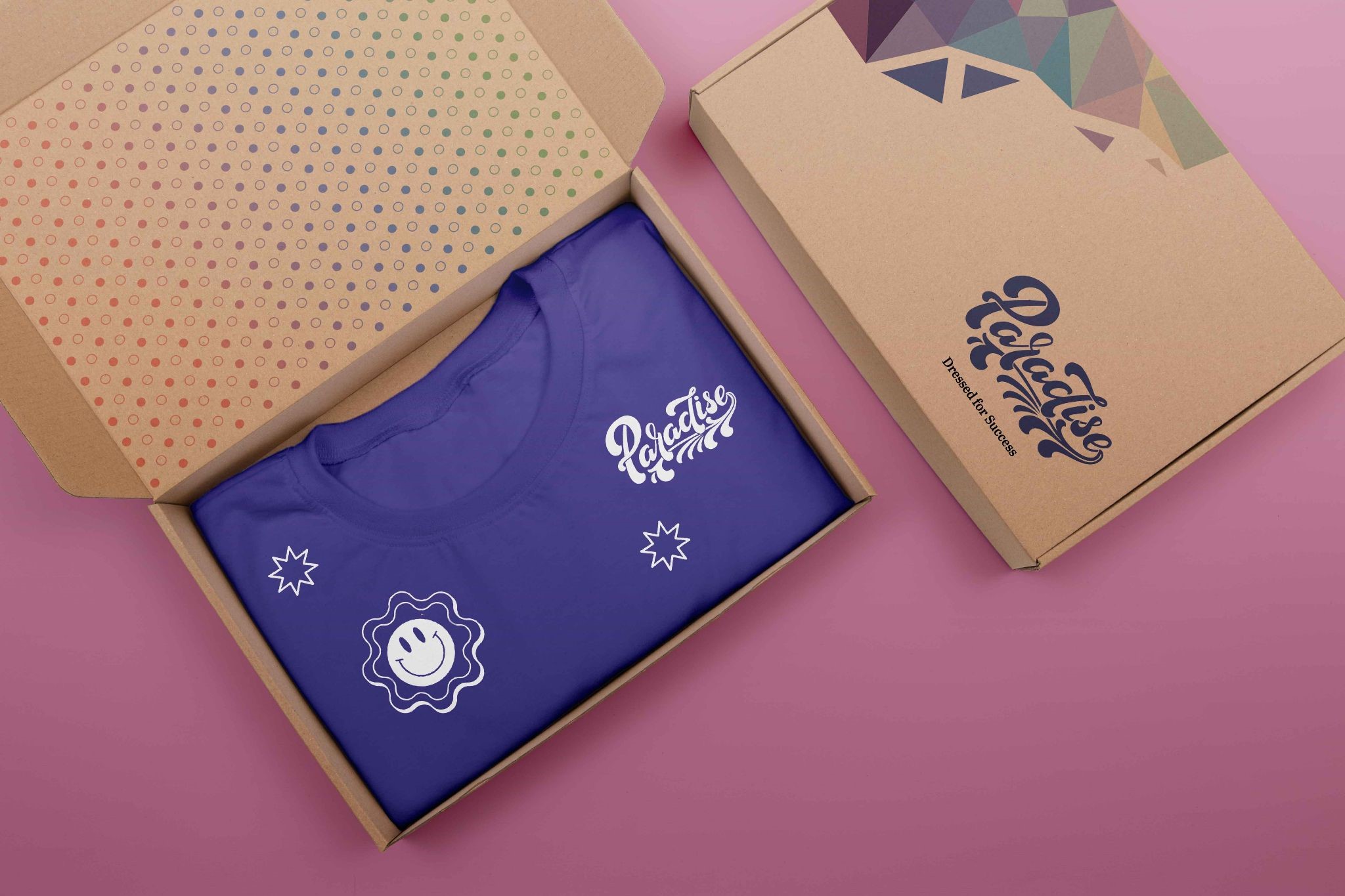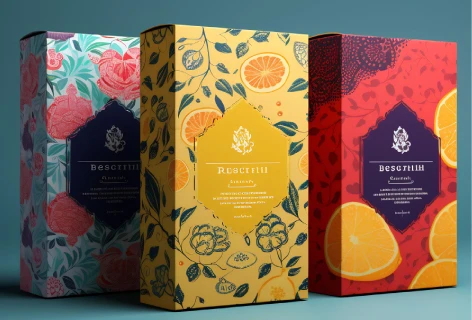Cost-Saving Tips for Custom Product Packaging in Retail, Food, and E-Commerce

Custom product packaging does more than hold a product. It protects items, builds brand recognition, and shapes the customer experience. Product packaging also comes with significant costs, including materials, printing, labor, shipping, damages, and returns. The good news is that businesses can reduce these costs without sacrificing quality by making informed, strategic decisions.
This guide explores how retail, food, and e-commerce brands can reduce costs associated with custom product packaging through practical strategies and technical benchmarks.
Why Packaging Choices Affect Costs
-
Dimensional (DIM) Weight vs. Actual Weight
All courier companies charge based on whichever is higher: actual weight or dimensional weight (length × width × height ÷ DIM factor). Oversized packaging, even if light, can raise shipping costs by 15-30%.
-
Material Thickness & Flute Profile
The correct type of corrugated board has a direct impact on both stability and cost. For example, E-flute (1-1.6 mm) is thin and uses less material, while C-flute (3-4 mm) is thicker and stronger but heavier and more expensive to ship.
-
Protection vs. Over-Engineering
If the packaging is too light, products can get damaged, leading to replacements and returns. On the other hand, using excessive packaging increases costs and adds unnecessary weight. The best results come from finding a balance. By improving package design, brands can reduce these costs by 20-25%.
Retail Packaging: Stylish Without Overspending
In retail, packaging doubles as a silent salesperson. It grabs attention, reflects brand identity, and justifies shelf space, but chasing luxury finishes can increase costs.
Next, consider finishes. Metallic foils and embossing can look attractive, but they are not always necessary. Many brands achieve a modern look with bold typography, minimal design, or selective spot UV applied to key brand elements.
Finally, customization is a powerful lever for reducing costs. Using custom-sized die lines across your product range and varying only the artwork reduces extra material and shipping costs. Pairing this with the right board, such as lightweight card or E-flute for lightweight products, strikes a balance between appearance, strength, and cost.
Food Packaging: Balancing Safety, Freshness, and Efficiency
Food packaging must meet strict rules for safety, freshness, and labeling, but staying compliant does not have to mean higher costs. Many brands spend too much on heavy, multi-layer packaging when simpler solutions, like lightweight cartons or single-layer pouches, already meet EFSA or FDA packaging requirements.
The key is to design packaging that meets regulations at the lowest effective cost. For exporters, certifications such as ISO 22000 provide confidence and prevent costly mistakes, including rejected shipments or redesigns. In other words, compliance done smartly saves money by avoiding waste, recalls, and rework, while keeping products safe and market-ready.
Many brands rely on lightweight folding cartons or affordable custom mylar bags for food products such as cereal and tea. For oily or moist products, a grease-resistant coating or liner may work just as well as a laminated multi-layer pack, but at a lower cost. Flexible pouches, in particular, are significantly cheaper to produce and ship than jars or rigid boxes, which reduces material use and shipping weight.
Printing is another area where costs creep up. A practical fix is to standardize nutrition facts, barcodes, and legal text across SKUs, while varying only the flavor or variety panel. It allows for larger combined print runs, cutting plate, and setup expenses.
Sustainability is no longer just a branding choice. Recyclable and compostable materials often use less raw material, reduce disposal fees, and attract eco-conscious customers, offering both image and cost benefits. In regions with Extended Producer Responsibility (EPR) fees, this can also cut compliance costs by thousands of dollars annually.
E-Commerce Packaging: Designed for Shipping Efficiency
Unlike retail or food packaging, e-commerce packaging must withstand handling, stacking, and delivery while still providing a positive unboxing experience.
One of the largest hidden costs is wasted space. Boxes that are too large increase material use and trigger higher DIM weight fees. Businesses that moved to better custom-size packaging reported 15–25% savings on shipping costs.
Another savings area is the protective insert. Bubble wrap and foam cushions are expensive and non-sustainable, while many businesses now use affordable die-cut cardboard and corrugated inserts for product protection to achieve the same safety at lower cost and lighter weight.

Branding also doesn’t need to be expensive. Many sellers now print a simple one-color logo on the outside and include a thank-you card or promotional flyer inside. It balances brand experience with cost efficiency.
Small design tweaks can add up to significant savings. For instance, although peel-and-seal closures or auto-lock boxes may cost slightly more per unit, they can save valuable packing time and reduce tape use, resulting in measurable labor savings over thousands of shipments. For high-volume shippers, even small labor savings matter. A peel-and-seal mailer box can save 10–15 seconds per package, which equals more than 1 labor hour saved for every 500 shipments. At scale, this translates into lower payroll costs and faster order fulfillment.
Benchmarks and Targets to Aim For
|
Metric |
Target |
Why It Matters |
|---|---|---|
|
Flute thickness for lightweight retail packaging |
E-flute (1.2-1.6 mm) |
Strong enough, smooth printing, and less weight |
|
Shipping cost reduction via right-sizing |
15-25% |
Avoid extra weight penalties |
|
Damage rate reduction |
20-30% |
Optimized inserts and custom-sized boxes reduce returns and replacements. |
|
DIM weight balance |
Keep DIM less than the actual weight |
Prevent unnecessary courier fees |
Implementation Roadmap
- Prototype Testing: Create samples using different flutes, coatings, and sizes. Run crush, drop, and vibration tests.
- Track True Costs: Don’t Just Measure Packaging Spend. Include shipping, labor, damages, and returns in your “cost per order.”
- Collaborate with Suppliers: Ask for data on board strength, GSM, and flute diagrams. Negotiate lighter grades where possible.
- Cluster Packaging Sizes: Standardize SKUs into small/medium/large packaging clusters whenever possible, rather than using unique boxes for each product.
Final Thought
Smart product packaging doesn’t mean cheap packaging. It is about ensuring that your packaging protects your product, looks good, and supports profitability. When you choose the right size, use materials that fit your product, and simplify your printing and design, you can cut costs while keeping its packaging effective, attractive, and memorable.

